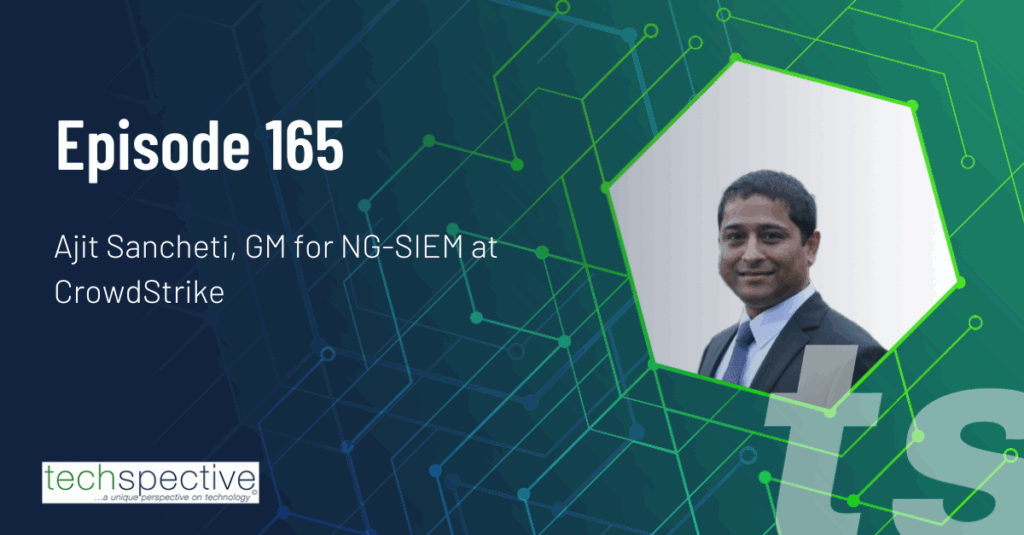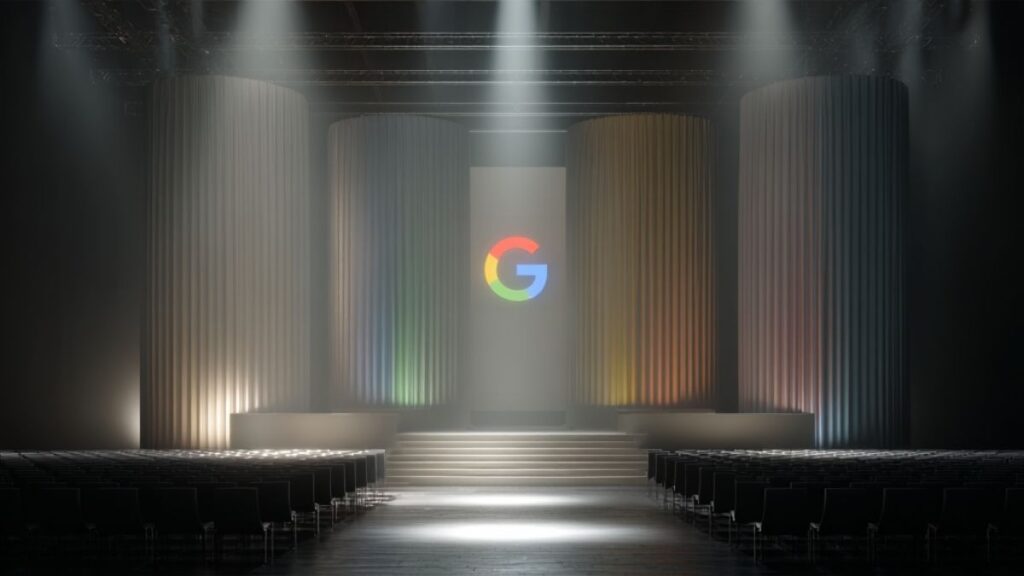Once upon a time, cybersecurity was a function of protecting a server or two, and a handful of endpoints from a random virus every now and then. Over the past 20 years, though, the size and scope of the infrastructure most companies need to protect, and the volume of malicious threats those companies face, have skyrocketed exponentially. That’s why artificial intelligence (AI) is crucial today. AI has quickly evolved from science fiction pipe dream to overhyped buzzword to business imperative in order to effectively defend against threats today.
The World Is Moving Too Fast
The halcyon days of a small local network that was easily defined and contained are long gone. Networks today are comprised of hundreds—if not thousands—of endpoints and assets. Routers and switches, servers, desktops and laptops, smartphones and tablets, and a rapidly growing range of networked printers, cameras, thermostats, and other devices—combined with the dynamic nature of embracing DevOps and developing containerized apps for the cloud make it challenging just to keep up with what exactly is in your environment at any given time.
On the other side of that equation, the threat landscape continues to surge year after year. Kaspersky reported an average of 360,000 malicious files per day detected in 2017. That’s more than 130 million for the year—which was an 11.5 percent increase over 2016. Assuming a similar rate of increase for 2018 and into 2019, businesses today may be facing a threat landscape that includes nearly 450,000 new potential threats every day.
The Buzz Around Artificial Intelligence
Artificial intelligence is not a new concept. It has existed in science fiction for decades. Scientists and philosophers have debated the role of artificial intelligence in our future. From an IT or cybersecurity perspective, though, it exploded into our vocabulary a few years ago and suddenly it seems as if every vendor claims to be using AI.
A report from IBM explains, “Many vendors today claim that AI is their secret sauce, and this may, in fact, be true. This critical technological advancement seems to have blossomed overnight, but many industry professionals are skeptical of the promises being made. Sadly, the AI buzzword bandwagon has contributed to the confusion, thereby inhibiting the market from truly adopting the technology.”
The conversation, however, has moved beyond just tossing AI around as a buzzword to honest discussion about the real-world benefits of artificial intelligence, as well as recognition of the caveats and pitfalls. Despite its abuse as a buzzword and resulting confusion in the marketplace, the fact is that not only does artificial intelligence tremendous potential, but the nature of our IT infrastructure and the threat landscape make it essentially mandatory.
[the_ad id=”8215″]Legacy Tools and Traditional Security Practices Can’t Keep Up
No company—no matter how large—has the resources to effectively identify and defend against 450,000 new threats per day using manual, human processes. It’s just not possible.
Most IT managers understand that manual processes won’t work. However, many are less clear on the fact that legacy cybersecurity tools are also ineffective. Firewalls, intrusion detection systems, and endpoint security solutions designed for a traditional network architecture are not equipped to monitor and protect a hybrid or multi-cloud infrastructure. Cybersecurity solutions that rely on signatures to detect and block threats cannot keep pace effectively with the volume of threats companies face.
Artificial Intelligence Is Imperative
Ivan Novikov, CEO and co-founder of Wallarm, shared some cybersecurity predictions for 2019 back in January. He summed up his thoughts with:
“The AI market for cybersecurity is currently experiencing a spike in investments and market consolidation that will ultimately increase competition and fuel innovation. AI will become better and quicker at identifying and mitigating risks than low and mid-level security analysts, which creates an opportunity for those currently filling those roles to move to monitoring or quality control positions that require more creativity and represent a better use of manpower.”
The IT environment and threat landscape today are too overwhelming for human intervention or legacy cybersecurity tools. The combination of AI augmenting human expertise, however, is a formidable defense. Artificial intelligence has emerged as a crucial element for effective cybersecurity because it can proactively recognize threats without requiring signatures, and it can keep up with the scale of cloud infrastructure and the pace of new threats.
- When Security Automation Meets Agentic AI - September 12, 2025
- Rethinking Cybersecurity in the Age of AI and Digital Twins - August 25, 2025
- 10 Clever Tech Gadgets Every Student Will Actually Use - August 21, 2025




Comments are closed.